Sometimes you've to got to stray from the usual ribeye and filet mignon options- so I'm going to share a few common cuts of beef that you'll find at your grocery store and everything you need to know about cooking them. Let me demystify the meat case for you!
This is a sponsored conversation on behalf of the New York Beef Council. As always, all opinions are my own. Thank you for supporting the organizations that help support this blog. This post contains Affiliate Links. Please see the disclaimer here.
Steak night in the Freimann House
Have you ever grabbed a steak from the store and cooked it to perfection, only to taste it and find that it's just not as good as you had expected? This very conversation has occurred in our home from time-to-time:
Me: (glances up at husband to see his reaction after his first bite)
J: (glances back with the same bummed out look on his face) It's not really as good as I had hoped.
Me: I know, right? I don't understand what happened. These are the perfect medium-rare.
J: No idea, they're definitely seasoned and cooked to temp...
I know the meat was fresh. And I watched him season it so I know he did that right. It was cooked exactly to the temperature that we like and was the exact right color inside. But what I didn't realize at the time, is that I had purchase a cut of meat that would have benefitted tremendously from being marinated in advance instead of just throwing it on the grill.
Demystifying the beef cuts in the meat case
If you follow my instagram stories, you'll know that I recently had the opportunity to spend an afternoon touring the beef case at a local grocery store with my friend Jean from the New York Beef Council. This was such an eye-opening and informative experience and I am so excited to share some of what I learned with you guys.
The New York Beef Council is an organization that has made it their mission to "enhance the lives of consumers by connecting them with beef." They are a key resource for all-things-beef here in New York State and an all-around great place to get worlds of information about beef in general. You can also find a ton great info at Beef- It's What's For Dinner (yes, just like the commercials we all knew and loved!).
Shopping for beef can seem a bit daunting at first. There are so many options and all these words on the labels. But in addition to these two amazing resources I mentioned above, I'm here to try and clear up some of that confusion.
What's in a meat label?
First, I want to talk to you about some common terms that you'll come across when you're looking at labels. Those things can be so darn confusing. Here are some potentially confusing terms in normal english:
- Grain-finished- These cows spent the majority of their life eating grass or forage before spending 4-6 months at a feedyard feasting on grains, local feed ingredients (things like potato hulls, sugar beets etc.) and hay or forage.
- Grass-finished or grass-fed- Spent their entire lives manging grass or forage (also possibly hay or silage at a feedyard).
- Certified organic- These cows have never been given antibiotics or growth-promoting hormones. The USDA's Agriculture Marketing Service also certifies that their feed is 100% organically grown (whether they're grain or grass finished).
- Naturally raised (or "never-ever" yes, that's seriously a term!)- These cows are never given antibiotics or growth-promoting hormones.
In general, all beef is nutritious and safe to eat when cooked to proper temperatures. It's a matter of choice in the types and brands preferred by you.
Common Cuts of Beef and How to Cook Them
If I went over every single cut that you could come across in your meat case, this would literally be the longest post ever. So instead, I'm going to go over some of the common cuts that you'll come across in your meat case and everything you need to know about them to prepare them to perfection! These are not your usual suspects (Filet Mignon, Ribeye, Ground beef etc.) because we all pretty much know what's up with those. Lets diversify a bit:
- Chuck Roast:Other names: Pot Roast, Chuck Eye Roast, Chuck Roll Roast.
- Best for: Slow cooker, instant pot, braising.
- What part of the cow: Chuck (the shoulder).
- How to prepare: Season well and sear all sides over high heat. Place in the cooking vessel with your veggies and cooking liquid and cook slowly at a low heat.
- The result: A fall-apart tender pot roast that will warm your bones on the coldest of nights! Bonus points if you thicken the juices to make a gravy.
- Other things to know: This is a tougher cut of meat and that's the reason you want to go low and slow with it ; to create that fall-apart-tenderness that we all know and love.
- Strip Steak:
- Other names: New York Strip, Kansas City Steak, Hotel Style Steak, Ambassador Steak, Boneless Club Steak
- Best for: Grilling, pan searing.
- What part of the cow: Loin (in the cow's mid-section, above the butt).
- How to prepare: Season well and sear it on the grill or in a pan to your desired temperature.
- The result: A nice, juicy steak that's sort of in between the filet (in tenderness) and the ribeye (in flavor).
- Other things to know: This is a great option if you're looking for a celebratory dinner without dropping all the money on a Filet or a Ribeye.
- Top Round Steak:
- Other names: London Broil, Jiffy Steak, Top Round Pot Roast
- Best for: Grilling or pan searing and slicing.
- What part of the cow: Round (the cow's backside)
- How to prepare: This steak needs to be marinated to become nice and tender followed by grilling or pan searing and slicing.
- The result: A flavorful steak that slices up nicely. Also great to slice for fajitas or a stir fry.
- Other things to know: Anything over 1 ½ inches thick is considered a roast (in general, not just for this cut) and can be roasted until it reaches your desired internal temperature.
- Sirloin Steak:
- Other names: Boneless Sirloin Butt Steak, Top Sirloin Steak.
- Best for: Grilling, pan searing, broiling.
- What part of the cow: Loin (in the cow's mid-section, above the butt).
- How to prepare: Season well and sear or grill to the desired temperature.
- The result: A tasty weeknight meal to feed the whole family!
- Other things to know: This is more of your "every day" steak- it's not as high end" as the Strip Steak but still a super tasty dinner and it's family-size!
- Bonus cut, if available- Coulotte:
- Other names: Sirloin Cap, Beef Loin.
- Best for: Grilling, pan searing.
- What part of the cow: Loin (in the cow's mid-section, above the butt).
- How to prepare: Season well and sear or grill to the desired temperature.
- The result: An even more tender version of the sirloin steak.
- Other things to know: This may or may not be available at your local store. It is often removed which allows them to cut across the grain and maximize the tenderness.
Secrets for making some killer steaks and roasts:
- How much to buy: in general for a steak it's around 4 ounces per person and for a roast plan for around 6 ounces per person (or 8 if there's a bone)
- Braising: Low and slow is the key here. The kinds of cuts you'll be braising (like the chuck roast mentioned above) come from parts of the cow that are considered work muscles- the muscles that allow them to move and go about their lives. Because those muscles get so much more use, they require a style of cooking that really breaks down all those fibers and brings about that fall-apart-tenderness that we all go crazy over. And that's where the low and slow comes in. So if you aren't using an instant pot or pressure cooker, plan on waiting. Also, for a pressure cooker or instant pot, try to stick with a natural release, which further benefits in tenderizing this cut of meat.
- Grilling and searing: Allow the steak to come to room temperature before grilling or pan searing. This will allow it to cook a bit more evenly. We always grease our grill well before adding any meat to avoid sticking and add a generous amount of oil to the pan for searing, but a good rule to follow is if the meat doesn't easily release, it's not ready to turn. Also, make sure it's nice and hot before adding the meat.
- Marinades: The optimal amount of time for a cut of beef to marinate is 12 to 24 hours. Anything longer than this can adversely affect the texture.
- Turning the meat: This is an area of much debate, but I fall into the group that only turns their meat once.
- Crossover cooking: You also need to factor in crossover cooking. Basically, when you remove the steak from your heat source, you don't want to cut into it right then and there. It needs a good 5-10 minutes to rest and I like to put it on a plate and tent it with foil. It will cook a bit more as it rests and the juices will redistribute through the steak instead of immediately draining out. Trust, me, it's worth the wait.
- Slicing: When slicing meat, make sure you cut across the grain!
- Temperature: I personally prefer my meat to be a perfect medium-rare but since I recognize that other people like to prepare theirs differently, here are the different temperature options:
- Rare: 125 degrees F (52 degrees C), cool and red in the middle.
- Medium-Rare: 135 degrees F (57 degrees C), warm and red in the middle.
- Medium: 145 degrees F (63 degrees C), warm and pink in the middle.
- Medium-Well: 150 degrees F (66 degrees C), slightly pink in the middle.
- Well: 160 degrees F (71 degrees C), no pink in the middle.
Tips for safely storing and preparing beef:
- Refrigerate or freeze as soon as possible. If it's going to take longer that 30 minutes to get home, bring a cooler and some ice.
- Unless it's vacuum packed, it's best to remove the beef from it's original packaging if possible. That said it won't hurt the beef if you freeze it in it's original package, as long as there are no temperature fluctuation.
- When storing meat in the refrigerator, make sure to store it in a leak-proof container and store on the bottom shelf (just incase there's a sneaky leak you're unaware of).
- Label your beef with at least the date (although other info is good to include like weight, cuts, portions etc) and practice first in first out.
- Cooked portions should be refrigerated within 2 hours of cooking them, but preferably before that.
- Ground beef doesn't last as long as other cuts of beef so use that within 1-2 days of purchase.
- There are three safe ways to defrost meat: in the refrigerator, directly into the cooking vessel (with adjusted time for frozen meat) or fully submerged in a bowl of cold water that is changed every 30 minutes.
- Use a separate cutting board and utensils for handling raw meat and wash your hands often to avoid cross contamination.
One of the biggest take aways for me was this: don't be afraid to talk to your butcher! Ask questions! That's what they're there for and I've found them to be pretty friendly and super knowledgable! Now go forth and make yourselves a killer steak! And make sure to connect with the New York Beef Council in these places:
Website | Facebook | Twitter | Instagram | Youtube | Pinterest
Make sure you check out some of my favorite beef recipes:
- One Pot Philly Cheese Steak Pasta
- Easy Instant Pot Chili
- Ground Beef Oven Baked Tacos
- Sandwich Steak and Onions
- Slow Cooker Italian Beef Stew
You can find a full index of my recipes here.
Don’t forget to follow The Life Jolie on Pinterest for more recipe inspiration!
Or if Pinterest isn’t your style, bookmark this post!
Let’s keep the conversation going- join my Facebook group!




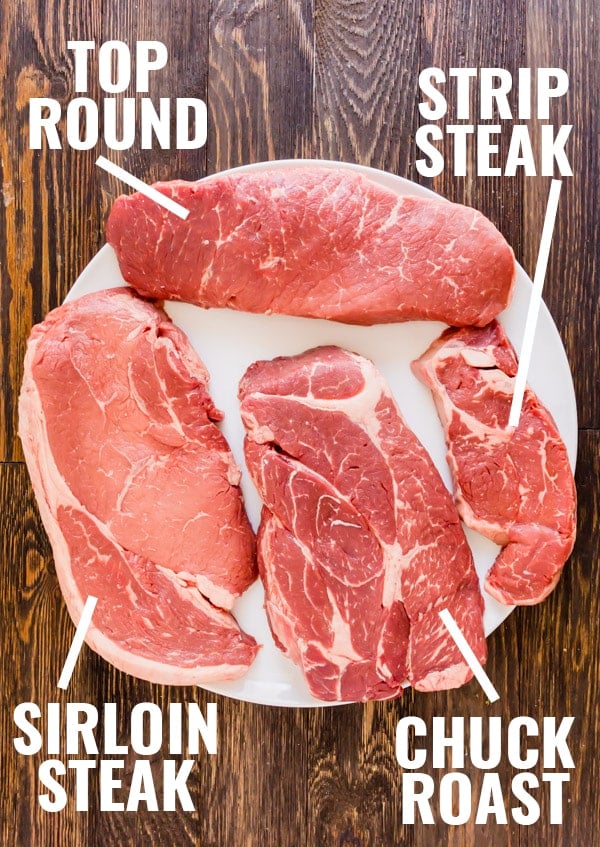
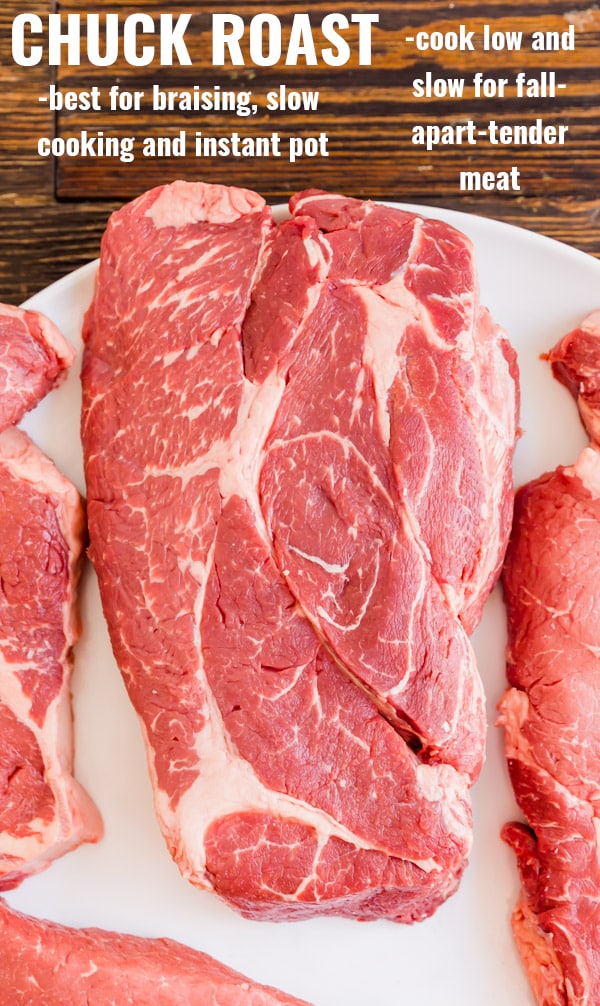
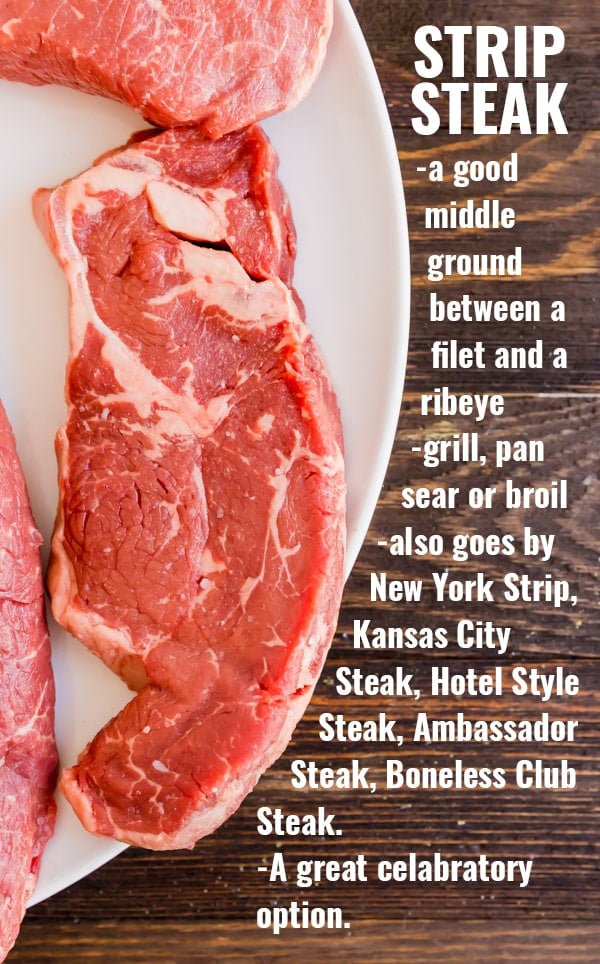
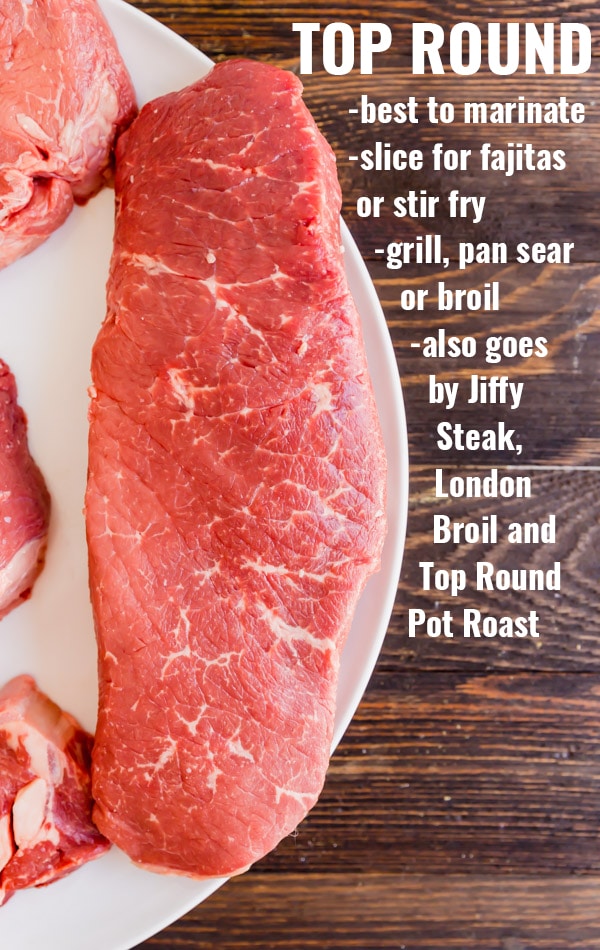
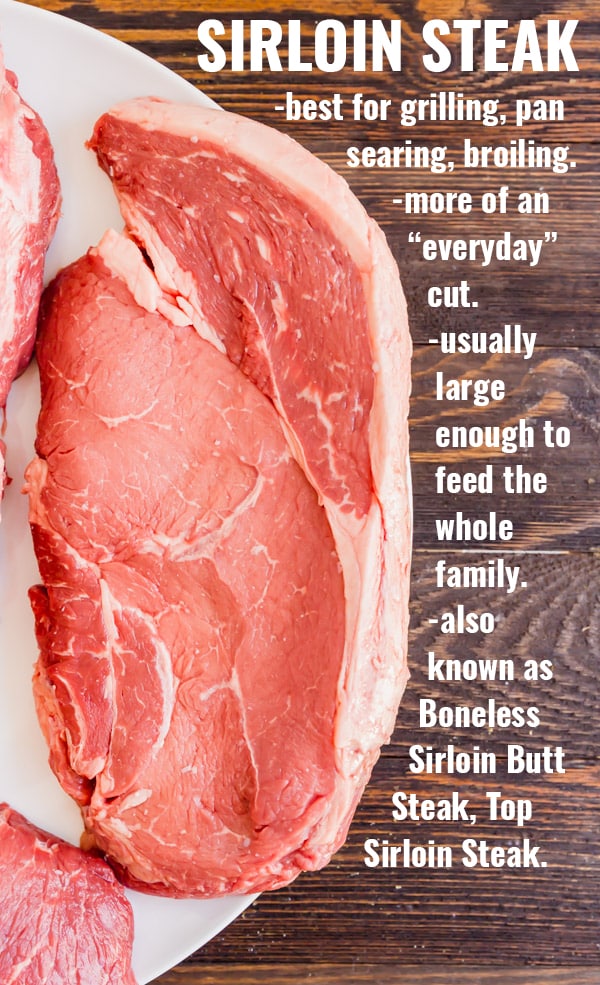
Leave a Reply